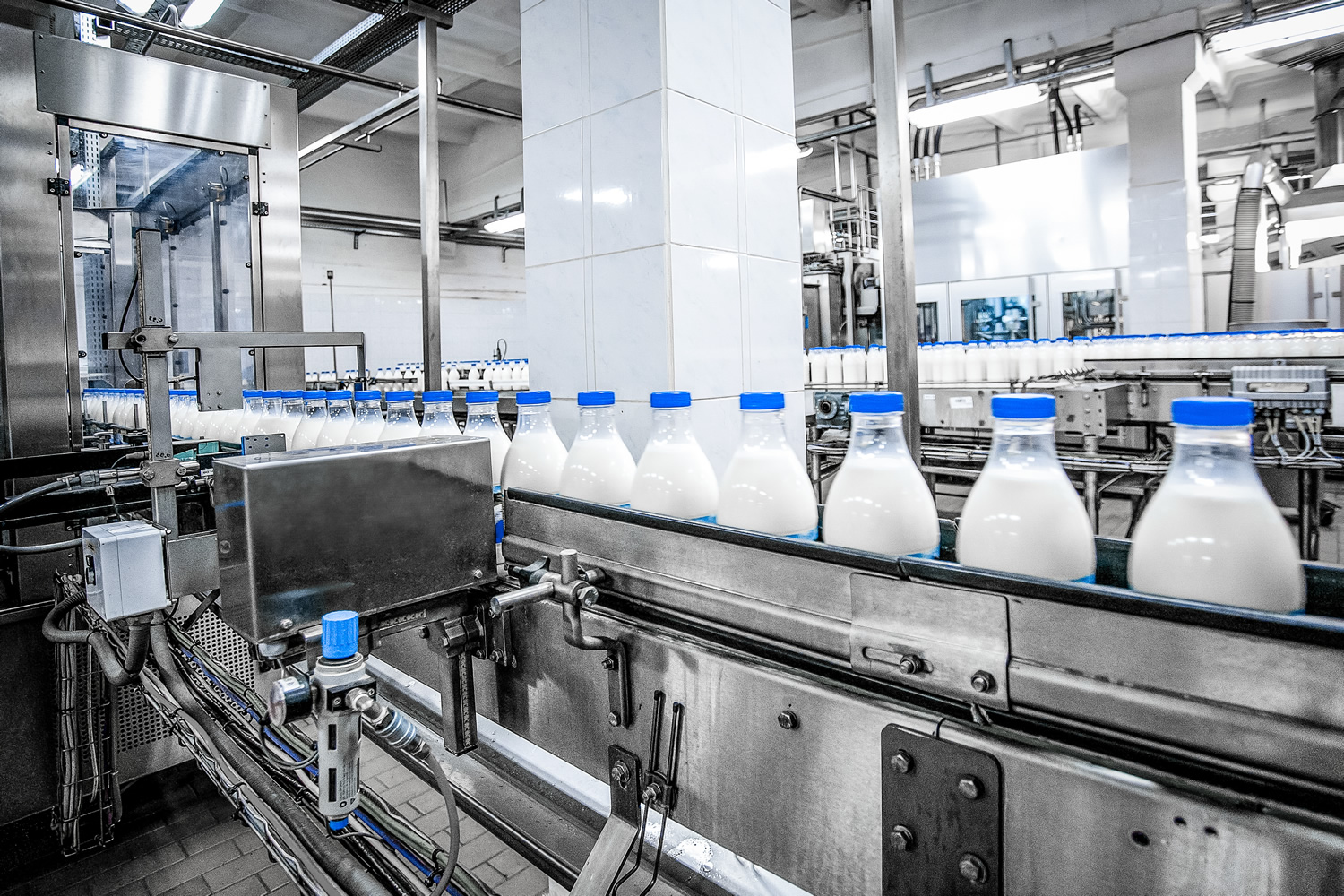7 Steps of Clean, Inspect, & Lubricate
July 29, 2020
Through daily inspections, cleaning, and lubrication practices we can measure, prevent, and restore deterioration to our equipment. The expectation is that a team is put together made up of maintenance, operations, and leadership employees to roll out strategy beginning with one piece of equipment. They will implement the following 7 steps:
- Initial Cleaning
- Eliminate sources of dirt and hard to clean & inspect areas
- Create and maintain cleaning, inspection and lubrication standards
- General Inspection
- Operator Inspection
- Activities standardized
- Team Development and Operator Driven Reliability
Step 1: Initial Cleaning
- Planning for initial cleaning
- Initial cleaning and defect identification preparation and planning (Log for tracking defects tied to work orders)
- Initial cleaning activities
- Defect identification logging through work order creation and promotion of continuous defect identification
- Introduction of first temporary standard
- Continuous follow up on completion of work orders related to found defects
Step 2: Eliminate sources of dirt and hard to clean & inspect areas
- Analyze sources of dirt and hard to clean areas
- Implement solutions, update cleaning standard, monitor results
- Improve difficult to inspect areas
Step 3. Create and maintain cleaning, inspection and lubrication standards
- Create and maintain cleaning and inspection standards
- Study the lubrication system
- Simplify the lubrication system
- Create a visible lubrication system
- Introduce a lubrication schedule
- Train the operators
- Monitor results
Step 4. General Inspection
- Have leaders study the equipment
- Train the operators
- Apply everything learned about the equipment and solve problems
- Promote visual management
- Define inspection standards
- Check results
Step 5. Operator Inspection
- Integrate cleaning and lubrication standards with General Inspection and introduce basic points
- Prepare checklists for full implementation by all shifts, all operators
- Implement Visual Management at operational level
- Promote communication and start Team Performance Control System (Metrics to measure how well the implementation going and meetings to analyze successes and opportunities)
- Check results from past to today
Step 6: Area Activities Standardization
- Assess current operational standards and update them
- Apply 5S to work area
- Identify basic losses relating to equipment
- Systematically eliminate defects by applying Problem Solving Tools
- Develop a Weekly Team Performance Control System (Meeting to create action item lists, assigning people and dates for completion of tasks, and follow up and review. Also, create visible metrics to show area operations your progress)
Step 7: Team Development and Operator Driven Reliability
A. Integration & Management
- Integrate activities and Safety, Quality, and Maintenance Controls
- Apply suggestion system
- Manage the area’s material flow
- Develop a high value added Data Collection System
- Achieve 100% conformity to improve MTBF, MTTR, and other associated losses
- Develop a Daily Team Performance Control System (Daily Morning meeting to discuss performance, list top 3 factors needing problem solving tools applied, and follow up on outstanding tasks needed to be complete.)
B. Analysis of Losses
- Analyze area costs and losses
- Apply Problem Solving tools to highest priority losses
- Identify and analyze hidden losses
- Identify countermeasures to eradicate hidden losses
- Acknowledge the area improvement targets, plan for improvement, and follow up actions
